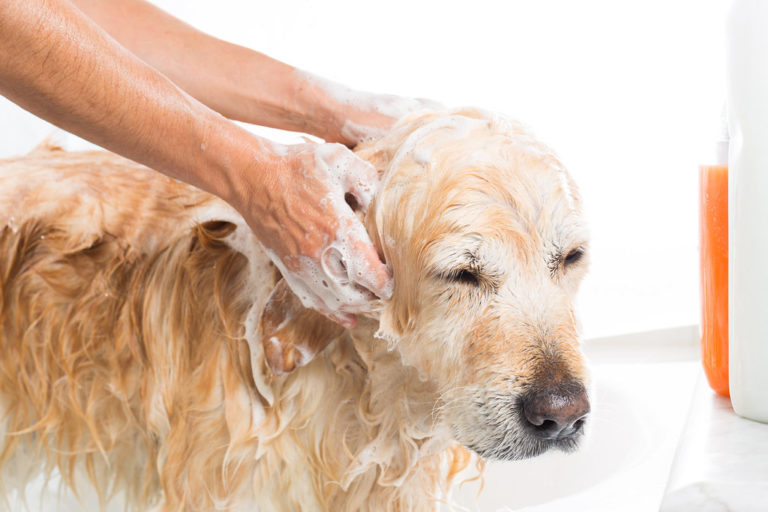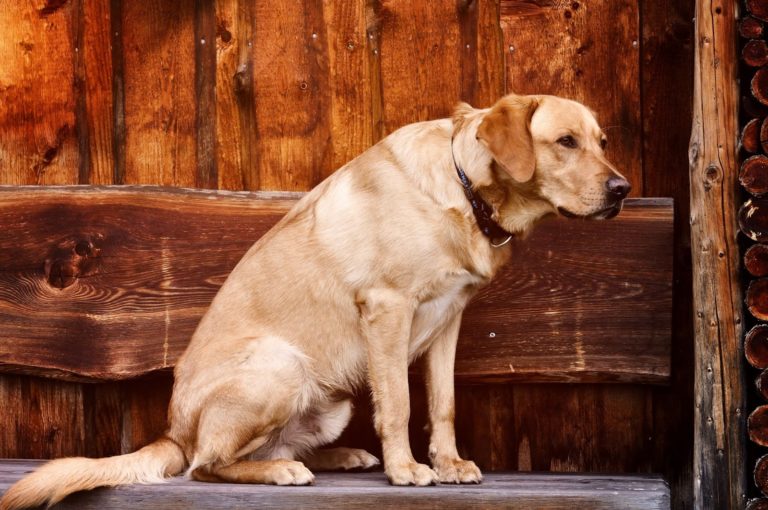Labrador Retrievers live a long and happy life, lasting well into old age. The average lifespan of a Labrador is around 12 to 15 years, but some Labrador Retrievers live up to 20 years of age.
Unfortunately, there are many reasons why a Labrador might die from old age. Sometimes the older dog simply gets too much or too little exercise, which can lead to obesity. Other times the patient gives up and passes away from natural causes like old age or heart failure. Whatever the case may be, when your beloved Labrador puppy reaches the end of her or his life, you will know that you made the right decision by bringing her/him home with you.
What is the Labrador Retriever’s lifespan?

In general, a Labrador Retriever will live for about 12–12.5 years. A chocolate Labrador’s lifespan is estimated to be 10.7 years, much lower than that of a black or yellow Labrador. The longevity of Labrador retrievers can be affected by a variety of circumstances.
Diseases that run in families can be affected by several factors, such as eating habits, medical care, and administrative oversight. We’ll examine these causes and how you might modify them to extend your dog’s life.
A healthy, well-balanced diet is one of the most important factors for a healthy aging dog. As part of a healthy aging process, your aging dog needs to be provided with the proper nutrients throughout her/his life. One important nutrient that is critical for aging dogs is Vitamin B-12. Vitamin B-12 is found in animal proteins, such as lamb and seafood, and is also found in a few plant foods, such as green vegetables and beans.
Deficiencies in Vitamin B-12 can cause pernicious anemia, a condition in which the body has almost no red blood cells. This can be dangerous, as it can lead to loss of consciousness and even death.
Why Is a Labrador Retriever’s Lifespan Important?
Because a Labrador Retriever’s lifespan is longer than other breeds, you get a dog who is in great shape physically at an early age. This makes it easier for a dog to reach its full potential as an athlete and as a dog.
Labradors are also known for being remarkably loyal pets, making this breed a great choice for family pets. You will often see Labradors living into their 20’s and 30’s. Why is this breed so old? The main reason is that they often live 10 times longer than other breeds. This is likely due to their easygoing nature and love for human companionship.
There are two main types of things that affect how long your Labrador will live. And the length of a dog’s life.
- One is the information about your dog’s genes that he got from his parents.
- The second is what happens to your dog over the course of his life. From a puppy to an old dog. Accidents, injuries, and diseases are examples.
Signs of aging in a Labrador Retriever
In addition to weight gain and loss, signs of aging in a Labrador Retriever include: dullness of the eyes (ophthalmologist’s dog may call this squint), loss of hair (gynecomastia), increased amount of stools, stools that are hard or sticky, increased thirst and urination, and breath that is rank.
Gynecomastia is the growth of Goiter (spongy enlargement of the glands) in male dogs. This is a fairly common condition in aging male dogs and is not something to be concerned about.
However, if your aging male dog is showing any signs of overconfidence or an increased need for affection, it may be time to think about adding a friend to your canine social circle.
How to recognize the signs of old age in a Labrador
Although your aging Labrador Retriever will likely age as comfortably as any other dog, there are a few telltale signs that you should watch for.
- Mood Swings – A Lab’s mood is like a weather front. It can change In an instant.
- Dry Retreat – This is when your dog sits and looks content, but gives no indication of wanting to come out.
- Wet Retreat – This is when your dog wants to come out and is ready to play. Aged Skin – Dried skin turns white where the dog’s coat was.
- Aged Fur – White dog fur becomes matted and dull. Weakness – Muscles get weaker, joints get stiffer, and your aging dog may develop the joint disease.
Care for the Elderly Dog
Older dogs are more likely to need some extra creature amenities to keep them comfortable at home. Senior dog care starts at home. Additional padding on an aged dog’s bed or a thicker mattress could provide them with much better rest. Raised feeders can make it easier for your dog to eat his food, although you will need to consult with your vet before using one if your dog is a quick eater.
Your elderly Labrador might also benefit from some help getting about. For example, if you have any high steps up to your front entrance or he is showing signs of straining to get in the automobile. Ramps might be a beneficial addition, and you can create or buy a removable ramp for his use.
Adjusting your daily routine can be an important part of caring for an elderly dog. If his bladder is not what it used to be, you might have to wake up and let him outside a little sooner than you used to. But these modest modifications are a tiny price to pay for the years of companionship afforded by them.
Conclusion
Labradors typically maintain a healthy and active lifestyle well into old age. They will age and lose some of their vigor and agility, feel more pain, and be less able to bounce back from illness.
We have a responsibility to our elderly relatives as loyal and devoted family members to make sure they have everything they need.
Thankfully, we are in a position to offer substantial aid to them right now. To reciprocate, they will continue to provide us with the unconditional affection and companionship we have come to cherish.









